No matter how many technological tools are available to job seekers, the most effective way to be noticed by employers is — and always has been — to meet in person. LinkedIn can help to introduce you to people, but ultimately, if you want to leave the kind of impression on employer that will make them think of you when job opportunities arise, you have to meet face to face. This was confirmed by a study from the Federal Reserve Bank, cited in Forbes Magazine that found “referred candidates were twice as likely to get interviews and 40 percent more likely to be hired than other candidates.” How do you get that referral? Ask for an information interview.
What is an Information Interview?
The meeting does not need to be long; 20 minutes is all that you need to ask for. Think of it as first step in a long-term process of forging a meaningful connection. It’s simply intended to meet, gather information and develop rapport, with no pressure for employment.
How do you go about meeting with a potential employer face-to-face?
Step 1: Identify your networking target.
Job seekers often make the mistake of targeting their networking efforts at Human Resources managers, who are often not the final hiring decision makers. The best and most credible referrals often come from the person who does the job you would like to do (a potential colleague, perhaps) or a department manager. LinkedIn’s company pages, or the contact lists of your contacts, maybe can be useful to identify your target person. If you don’t have any connection and cannot get an introduction, try joining those LinkedIn groups whose members may be worth meeting.
Step 2: Connect on LinkedIn, if possible.
Try to connect via LinkedIn with your target person. Make sure to send personalised note with your invitation to connect, and thank them, once they agree. Work on establishing rapport, through commenting on their updates once in a while (not too often).
Step 3: Plan your meeting.
Think through what you want to discuss. Review their profile and think about questions regarding their job, company, education or career. Think through how you will introduce yourself and your career path. Prepare a script of your self-introduction. Call your contact from a quiet room; have paper, pen and your calendar ready.
Step 4: Pick up the phone and set up the information interview.
- Introduce yourself briefly
- State the purpose of the phone call (or email): you are researching careers and would like to set a date for a short meeting
- Explain your reasons for wanting to meet: to gain information about the person’s occupation and benefit from their insights and advice
- State clearly that you do not expect them to have a job for you or to know of any job openings, rather you want to be in a more informed position before you pursue a career direction
- Ask for 15-20 minutes of their time, preferably within the next week, for the interview.
- Set a date, time and location of the meeting. (Should the person decline to meet with you, check if he/she has time for some questions on the phone either now or at a later date and ask for additional names you could contact).
How to conduct an Information Interview:
- Arrive ahead of time, dressed neatly (although it does not need to be quite as formal as an actual job interview)
- Bring a folder containing a list of questions and information you have already gathered
- Have your business card available (if you have one), as well as a copy of your resume – don’t offer your resume; you may want to ask for feedback about it, if appropriate, as well as provide it if they request a copy
- Express appreciation for their time and remind them that 15-20 minutes is all you expect
- Re-state the purpose of the meeting – information, advice, no expectation of a job
- Introduce yourself: describe your background, experience, skills, interests, objective
- Bring the person up to date on your research so far – concisely so that new information will be added
- Ask three or four essential questions that you have prepared and take notes
- Ask for suggestions and other areas to be explored
- Ask for referrals to other persons in specific occupations in the other areas suggested; ask about their background, and request permission to use the referring person’s name when calling
- Thank them and express your appreciation for their time
Make sure to follow up:
Send a thank you letter as soon as possible. In the letter, thank them for their time, mention a point of interest from your discussion. Inform them of your next steps.
In the long term, keep in touch with those with whom you connected. Send a holiday greeting card, comment on LinkedIn and update them about your progress.
Developing a life-long practice of networking is useful for all those involved. Successful networkers know that in addition to the rewarding feeling of making a positive impact on others’ careers, the time and effort spent on helping another person will surely benefit them in the future, in return.



